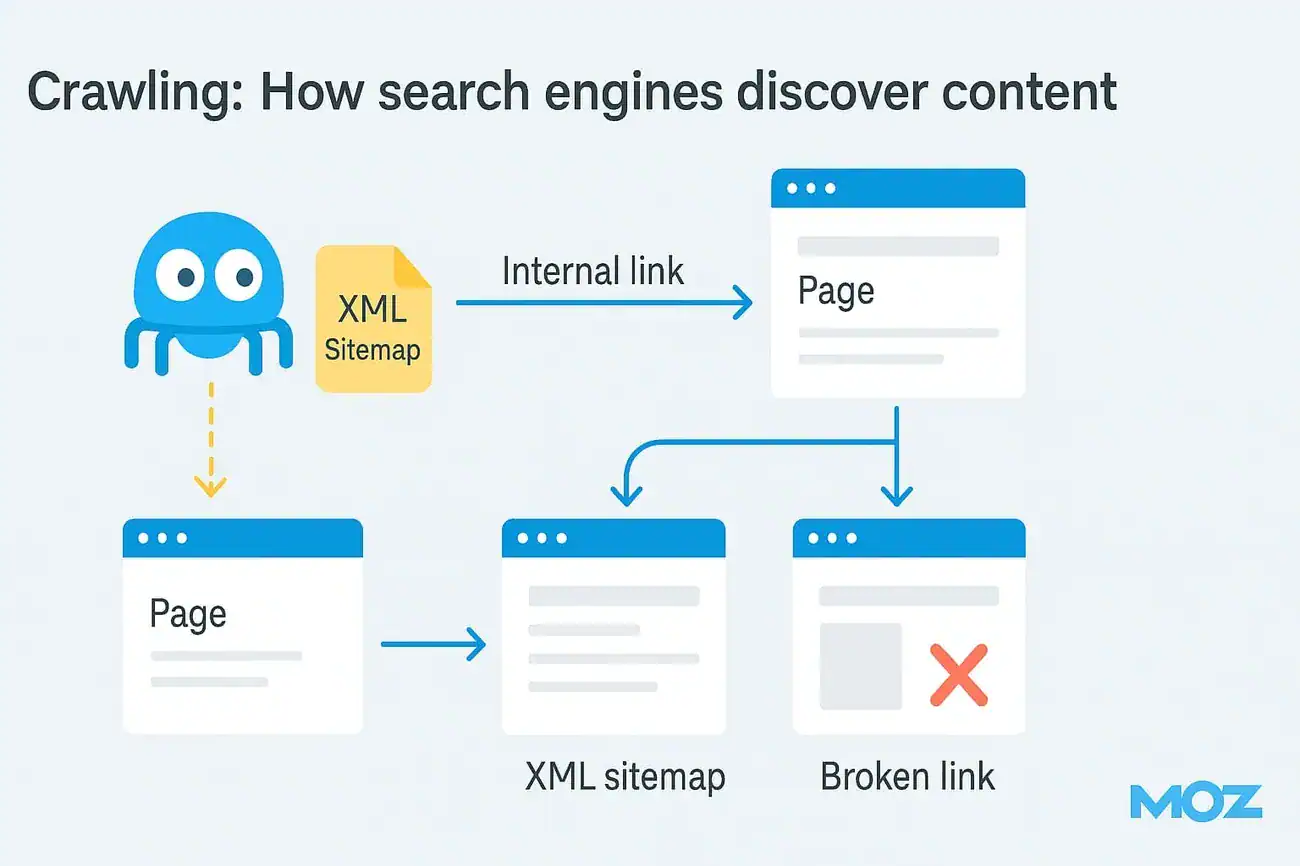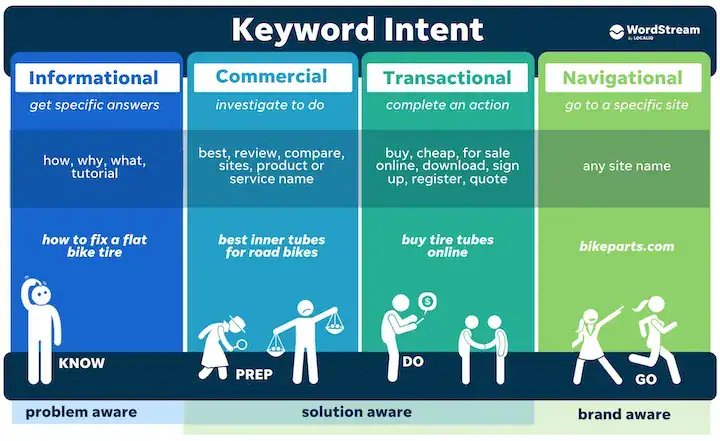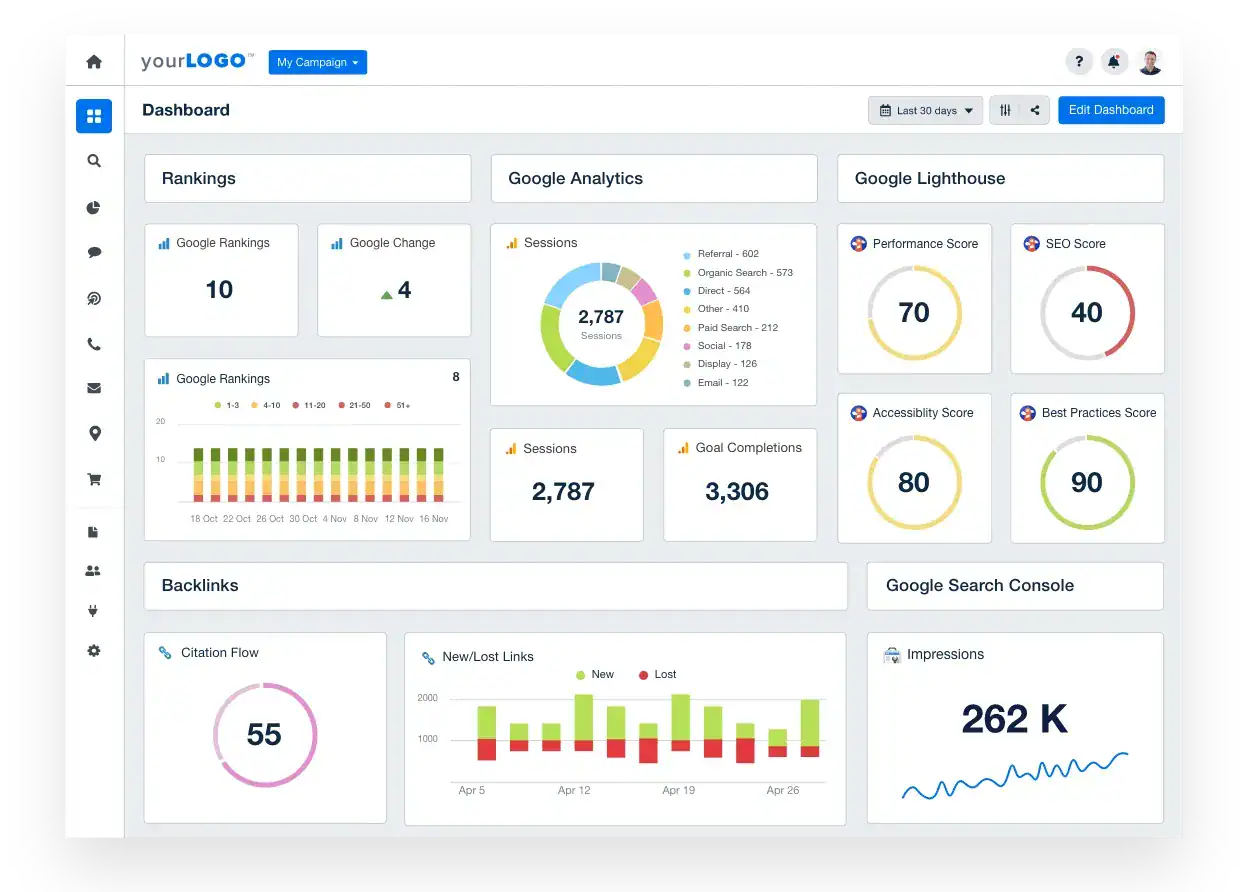Did you know that 46% of all Google searches look for local information? Your business’s online visibility depends more than ever on learning to do your own SEO.
The top organic search result gets an impressive 27.6% click-through rate and 10× more clicks than the top paid ad. This explains why organic search drives more than 45% of all website clicks. The best part? You don’t need expensive experts to climb up the search rankings.
Most micro-business owners (80%) handle their marketing themselves, and 55% tackle SEO independently. DIY SEO needs no huge investments – just your time, dedication and a desire to learn the basics.
This piece breaks down how to do your own search engine optimization in simple, practical steps. You might wonder “can I do SEO on my own?” or want to boost your existing self SEO efforts. We’ll give you the practical techniques that work in the real world.
Understand the Basics of SEO

Image Source: Moz
Learning about SEO and how it works are the foundations of any successful DIY optimization strategy. Let’s look at the basics before we jump into action steps.
What is SEO and why it matters
Search Engine Optimization (SEO) helps your website appear more prominently for relevant topics when people search using Google and other search engines. Search engines need to understand your content, and users need to find your site through search results.
Good SEO makes a huge difference. The top organic search result gets a clickthrough rate of 27.6%. Organic search brings in 53% of all website traffic. People trust websites that rank well because they see them as more authoritative and reliable.
Can I do SEO on my own?
You definitely can! With enough time and a desire to learn, you can handle your own SEO successfully. DIY SEO means you optimize your website without hiring professionals. This puts you in control of your optimization work and saves money too.
In spite of that, you should know that self SEO needs constant attention. Search engine optimization isn’t something you can just set up and leave alone. Results usually take three to six months to show up. Your competitors are probably doing their own SEO during this time, so you might need to change your approach.
How search engines rank content
Google’s ranking systems sort through billions of webpages to show the most relevant results in seconds. This happens in three main stages:
- Crawling: Search engines use automated programs called crawlers to explore the web and find pages for their index.
- Indexing: After crawling a page, Google analyzes its content and stores the information in its index.
- Ranking: Someone searches, and Google’s algorithms check many factors to decide which pages should rank highest.
These algorithms look at relevance (does your content match searches?), quality (can people trust your content?), and usability (does your page load fast and work well on mobile?). Google also looks at things like where users are and what they’ve searched before to give personalized results.
These basics will give you the tools you need to make your SEO work effectively on your own.
Start with Keyword Research

Image Source: WordStream
“On-page SEO is no longer satisfied by raw keyword use. Matching keywords to searcher intent is critical.”
— Rand Fishkin, Co-founder of Moz and SparkToro, leading SEO thought leader
Keyword research is the foundation of DIY SEO that works. This vital first step helps you find what your potential visitors type into search engines and gives your content strategy a clear direction.
Find keywords your audience is searching
Your path to successful keyword research starts when you grasp what terms your target audience uses to look for information, products, or services like yours. The process isn’t just about popular terms—it’s about finding the right terms that line up with your business goals and content capabilities.
Good keyword research helps you find queries that:
- Show decent search volume (100+ monthly searches works best)
- Match your business offerings
- Reflect what your potential customers actually type
- Have competition levels you can handle
Use free tools like Google Keyword Planner
Google Keyword Planner stands out as one of the most valuable free resources for keyword research. You’ll need a Google Ads account to access it, but you don’t need to run ads. The tool lets you:
- Click “Discover new keywords” to find new term ideas
- Enter words related to your business or website URL
- Review suggestions sorted by relevance
- Filter results by location, language, and search volume
You can analyze each keyword’s competitive level and estimated cost-per-click as difficulty indicators. Google’s autocomplete suggestions and “People also ask” boxes are great alternatives that show common questions about your topic.
Understand search intent behind keywords
The purpose behind each search query helps you decide which keywords deserve your attention. Search intent usually falls into four categories:
- Informational: Users seeking knowledge (e.g., “how to do your own SEO”)
- Navigational: Users looking for a specific website
- Commercial: Users researching before purchasing
- Transactional: Users ready to buy
A quick way to spot intent? Search the keyword yourself and see what Google shows on page one. This shows you what content type Google sees as most relevant for that query—whether it’s tutorials, product pages, or comparison articles.
Optimize Your Website Content
Your website content needs optimization for search engines and users after you pick your target keywords. A successful DIY SEO strategy builds on properly optimized content.
Write helpful, people-first content
Content that gives real value to readers gets Google’s attention. Your content should provide complete, accurate information that answers users’ questions. Google wants you to focus on “people-first content” rather than content made just for search engines. A well-laid-out structure with clear paragraphs helps visitors scan and understand your content easily.
Use keywords naturally in titles and headings
Page titles (H1) and subheadings (H2-H6) are vital for SEO. Google’s John Mueller says header elements send a “really strong signal” that helps search engines grasp your page’s topics. Your H1 tag should contain your main keyword, while subheadings can include related keywords where they fit naturally. Keyword stuffing can get you penalized. The best headers describe your content accurately while smoothly incorporating keywords.
Add internal links to related pages
Internal links create connections between your website’s pages and build a structured hierarchy that works for users and search engines. These links bring several advantages:
- They point visitors to related content and keep them engaged longer
- Search engines can find and index your pages better
- Less visible pages get a boost from distributed “link equity”
Your anchor text should clearly tell readers what they’ll find on the linked page. Links work best when they connect content about similar topics, which creates a strong site network.
Include alt text for images
Alt text describes images for search engines and visitors with visual impairments. Google uses alt text with computer vision algorithms to understand what images show. Good alt text should:
- Describe image details specifically
- Stay under 125 characters
- Use relevant keywords naturally
- Skip words like “image of” or “picture of”
Good alt text makes your site more accessible and helps your images rank better in Google searches.
Build Authority and Track Progress

Image Source: AgencyAnalytics
“The objective is not to ‘make your links appear natural’; the objective is that your links are natural.”
— Matt Cutts, Former head of the webspam team at Google
Website authority building marks the next significant phase of your DIY SEO trip. Your content optimization sets the stage to focus on external factors and measure your progress.
Get backlinks from trusted sites
Backlinks stand as one of the most reliable ways to boost your rankings. Quality matters nowhere near as much as quantity. Here’s how to secure valuable backlinks:
- Look for unlinked mentions of your brand that you can convert to links
- Use platforms like Help a Reporter Out (HARO) to connect with journalists seeking expert quotes
- Create link-worthy content like expert guides, infographics, or data studies
- Find and fix broken backlinks pointing to your site with backlink audit tools
Note that relevant, trustworthy backlinks signal search engines that your site deserves higher rankings.
Set up Google Search Console and Analytics
Google Search Console provides significant data about how search engines view your website. Once verified, you’ll learn about:
- Performance reports showing clicks, impressions, and ranking positions
- Index coverage showing which pages Google has successfully indexed
- Technical issues that might affect your rankings
Google Analytics paired with Search Console creates a detailed view of both pre-visit search performance and on-site behavior. This combination helps you track conversions from SEO efforts and spot successful traffic patterns.
Fix technical issues like broken links
Broken links hurt user experience and waste SEO efforts. Studies show 66.5% of links to sites in the last nine years are dead. Google Search Console or specialized tools help identify broken links. You should:
- Update URLs for pages that still exist
- Remove dead links that have no replacement
- Implement 301 redirects to relevant pages
Track keyword rankings and traffic
Implementation of SEO strategies needs proper monitoring to succeed. Regular rank tracking reveals:
- Which keywords improve or decline in position
- Content that needs updating to maintain rankings
- Technical issues affecting specific pages
These metrics need monthly monitoring to adjust your DIY SEO strategy based on actual performance data.
You now have the basic SEO knowledge. It’s time to put these strategies to work. Better search visibility needs consistent effort over time to yield impressive results.
Note that SEO success takes time. Most websites see meaningful improvements within 4-6 months after implementing proper optimization techniques. Of course, you might see some quick wins from technical fixes, but the biggest gains come from patient and persistent work.
Your DIY SEO experience needs flexibility. Search engines update their algorithms constantly – Google makes thousands of changes every year. You should revisit your strategy and adjust it based on performance. What works today might need changes tomorrow.
Small businesses can compete well against larger competitors by focusing on specialized niches. Local SEO gives faster results than broader campaigns, especially when you have a business serving specific geographic areas.
Your self SEO plan should start with these high-impact activities:
- Create quality content addressing user search intent
- Fix technical issues affecting user experience
- Build authority through relevant backlinks
- Monitor performance and adapt accordingly
The most valuable part of doing your own search engine optimization is learning about your audience firsthand. By looking at which keywords drive traffic and which pages perform best, you’ll understand your customer’s needs better.
DIY SEO needs patience, continuous learning, and informed decisions. The strategies in this piece give you solid foundations, yet the digital world keeps evolving. Despite these challenges, consistent use of these principles will steadily improve your site’s visibility and bring more qualified visitors to your business.
Key Takeaways
DIY SEO is absolutely achievable for business owners willing to invest time and effort into learning the fundamentals. Here are the essential insights to guide your self-managed optimization journey:
• Start with strategic keyword research – Use free tools like Google Keyword Planner to find terms your audience actually searches, focusing on search intent over volume.
• Create people-first content with natural keyword placement – Write helpful, comprehensive content that answers user questions while incorporating keywords naturally in titles and headings.
• Build authority through quality backlinks and technical optimization – Focus on earning links from trusted sites while fixing broken links and technical issues that hurt user experience.
• Track progress with Google Search Console and Analytics – Monitor keyword rankings, traffic patterns, and technical issues monthly to make data-driven adjustments to your strategy.
• Expect results in 4-6 months with consistent effort – SEO is a marathon requiring patience, continuous learning, and adaptation to algorithm changes for long-term success.
The key to successful DIY SEO lies in understanding that 80% of micro-business owners already manage their own marketing, with 55% specifically handling SEO themselves. With the top organic result capturing 27.6% of clicks and organic search driving 53% of website traffic, mastering these fundamentals can significantly impact your business visibility and growth.
FAQs
Q1. Can I really do SEO on my own without hiring professionals?
Yes, you can definitely handle your own SEO, especially if you have a small business with a simple website. While it requires time and dedication to learn, many micro-business owners successfully manage their own SEO efforts. Focus on creating quality content, conducting keyword research, and optimizing your website structure.
Q2. How long does it take to see results from DIY SEO efforts?
Typically, it takes about 3 to 6 months to start seeing noticeable results from your SEO efforts. However, some quick wins may appear sooner, particularly from technical fixes. The most substantial gains come from consistent, patient work over time.
Q3. What are the most important SEO tasks I should focus on first?
Start by focusing on high-impact activities: create quality content that addresses user search intent, fix technical issues affecting user experience, build authority through relevant backlinks, and set up tools like Google Search Console and Analytics to monitor your progress.
Q4. How can I find the right keywords for my website?
Use free tools like Google Keyword Planner to find terms your audience is searching for. Look for keywords with reasonable search volume (ideally 100+ monthly searches) that are relevant to your business and have competition levels you can realistically compete with. Also, consider the search intent behind the keywords.
Q5. What’s the best way to optimize my website content for SEO?
Focus on creating helpful, people-first content that fully answers users’ questions. Use your target keywords naturally in titles, headings, and throughout the content. Add internal links to related pages on your site, and include descriptive alt text for images. Remember to prioritize user experience over keyword stuffing.

